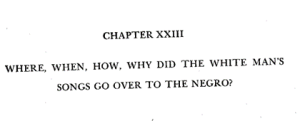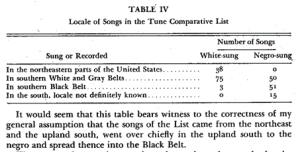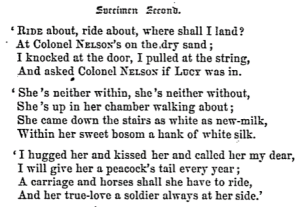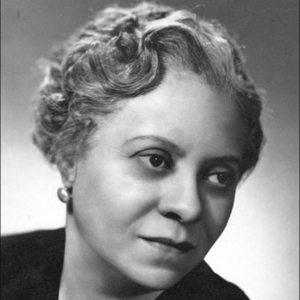The summary of this 1929 photo from the Library of Congress reads, “Mrs. Elsie Blank holding a huge tuba and her son Jack holding the music for her at the Orchestra Hall, Chicago.”
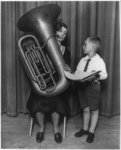
The combination of this image and these words immediately sparked an avalanche of questions in my mind. Who was Elsie Blank? Why was this photograph taken, and why was her son there? How “huge” was the tuba? Was it 5/4 size, or does it just look “huge” to the summary writer in the arms of a woman? Did Mrs. Blank even play the tuba? If so, did she play in the Chicago Woman’s Symphony Orchestra as suggested by the caption of the photograph (“Features of the Chicago Woman’s Symphony Orchestra”)?
Advanced searches for any kind of answer in every plausible database available left me with next to nothing. Interestingly, the most consistent results were offers to purchase the photograph as a poster (by which I am strongly tempted).
https://www.amazon.com/HistoricalFindings-Photo-Chicago-Symphony-Orchestra/dp/B07XBN48NR
https://www.ebay.com/itm/133862411495?ViewItem=&item=133862411495
Lost in a sea of browser tabs, search boxes, and quotation marks, I started to get the feeling that I was the only person in the world who wanted to know who Elsie Blank was. But then there was Linda Dempf.
Dr. Dempf, a professional French horn player, author, and librarian with an interest in the history of all-women orchestras in the United States, had written an article on the Woman’s Symphony Orchestra of Chicago. I learned that the orchestra had existed in two versions, the “Chicago Woman’s Symphony Orchestra” (1924-1928) and the longer-lasting “Woman’s Symphony Orchestra of Chicago” (1925-1947). Thus the plot thickens: if Elsie Blank was indeed a member of such an orchestra, which group was she part of? These groups and other similar all-female orchestras were started in the 1920s for a reason that one might predict: lack of opportunities to take part in professional music-making controlled by men. Unfortunately, this gender disparity continues today as the lack of written records renders me unable to learn much at all about the all-female orchestras, especially about Mrs. Elsie Blank.
I am currently hoping for a response to an email that I sent to Dr. Linda Dempf, asking if she has any more information on the personnel of the Chicago Woman’s Symphony Orchestra and specifically any information on Elsie Blank. As I wait, I must turn to my imagination to reflect on my questions about this photograph. Mrs. Blank’s correct positioning of the tuba (see a counterexample) makes me believe that she did indeed play the tuba. Perhaps her son was in the photo to show a glance at the home lives of the women in the orchestra, who ranged from high school girls to grandmothers. I have hope that some real answers to my questions are out there somewhere, and that I’m not truly the only one who cares who Elsie Blank was.
Citations:
Dempf, Linda. “The Woman’s Symphony Orchestra of Chicago.” Notes 62, no. 4 (2006): 857–903. http://www.jstor.org/stable/4487666.
Features of the Chicago Womans Symphony Orchestra. , 1929. Nov. 7. Photograph. https://www.loc.gov/item/2002712973/.
Harris & Ewing, photographer. Women With Tuba. United States, 1928. Photograph. https://www.loc.gov/item/2016889006/.

